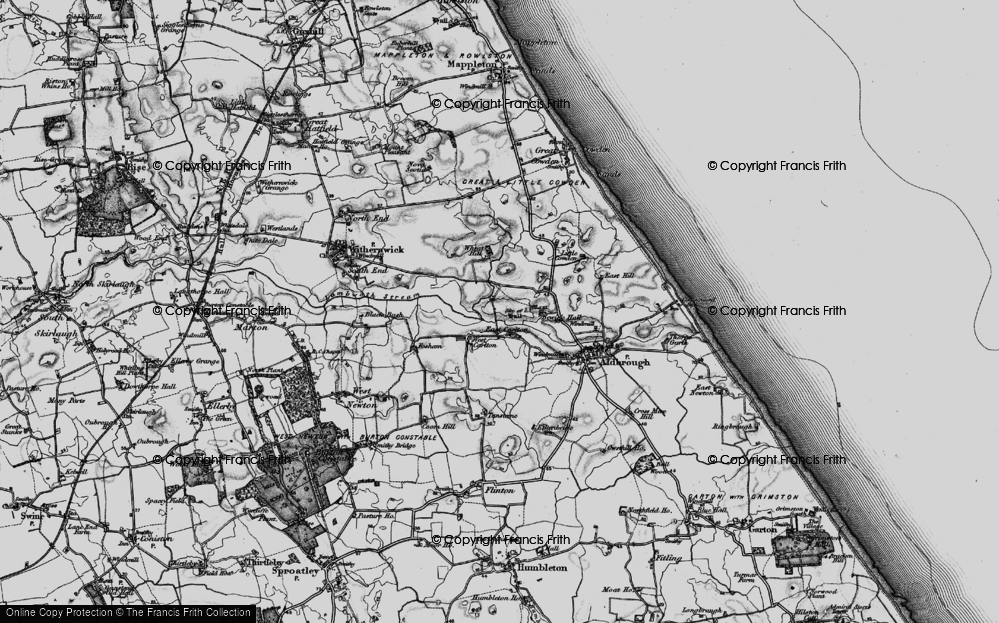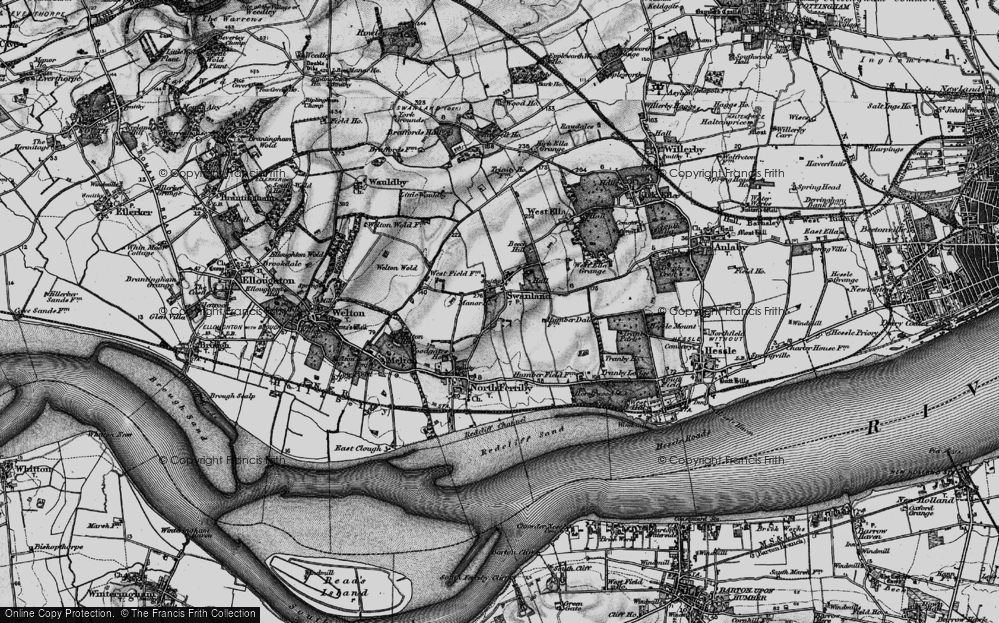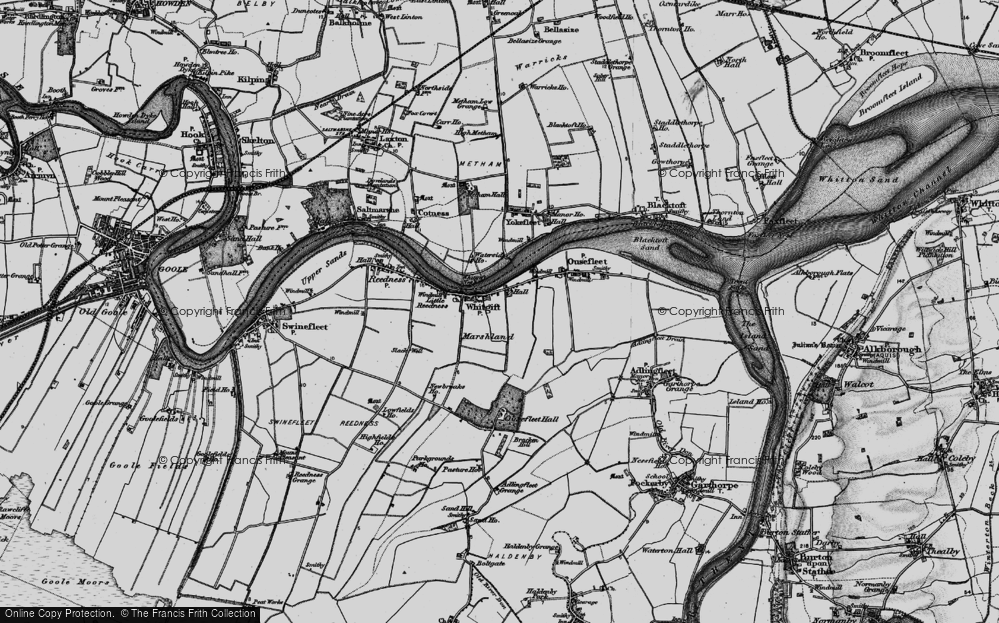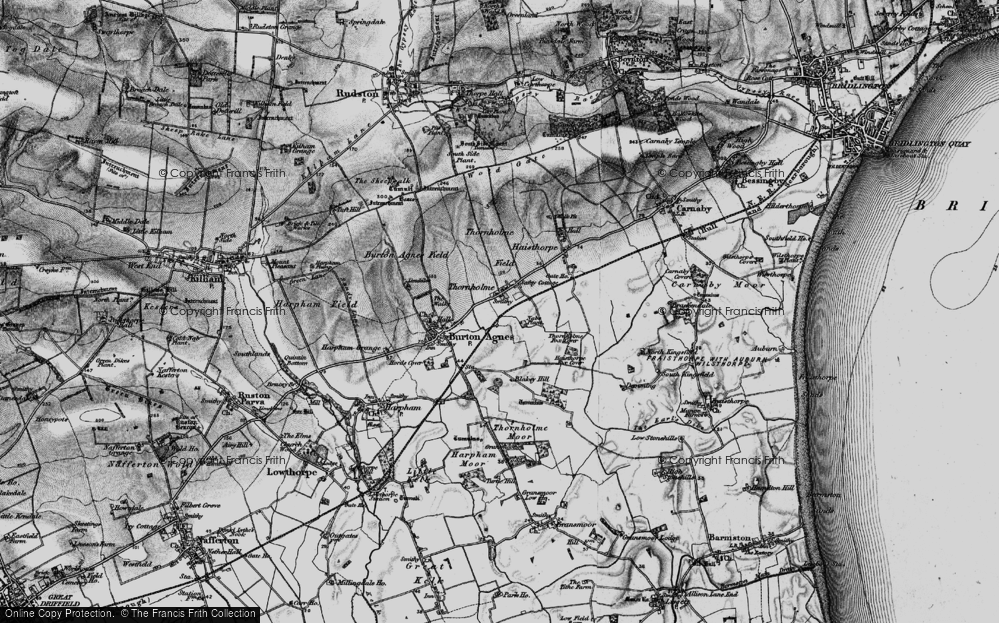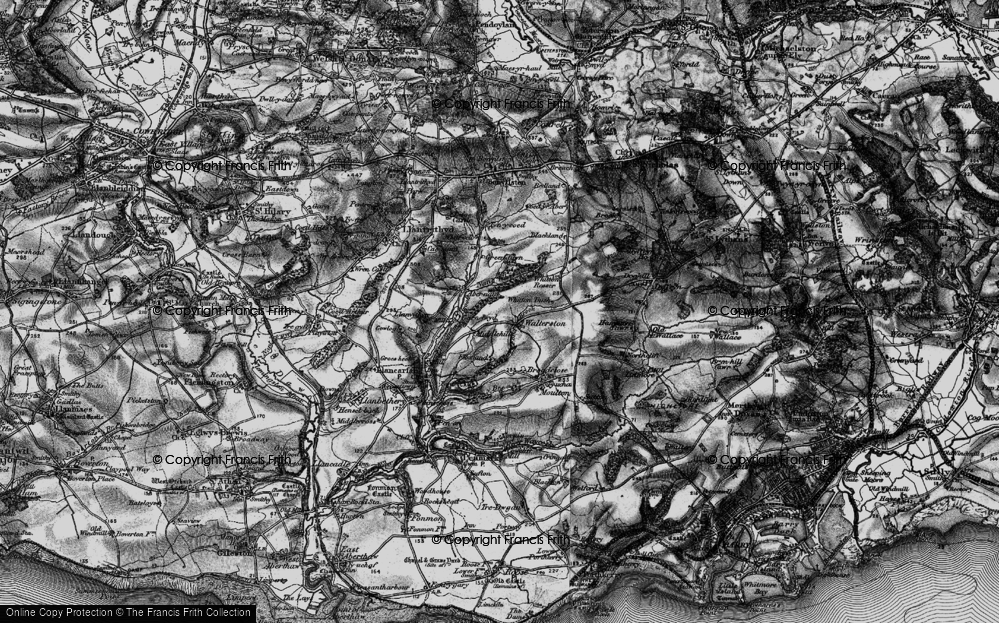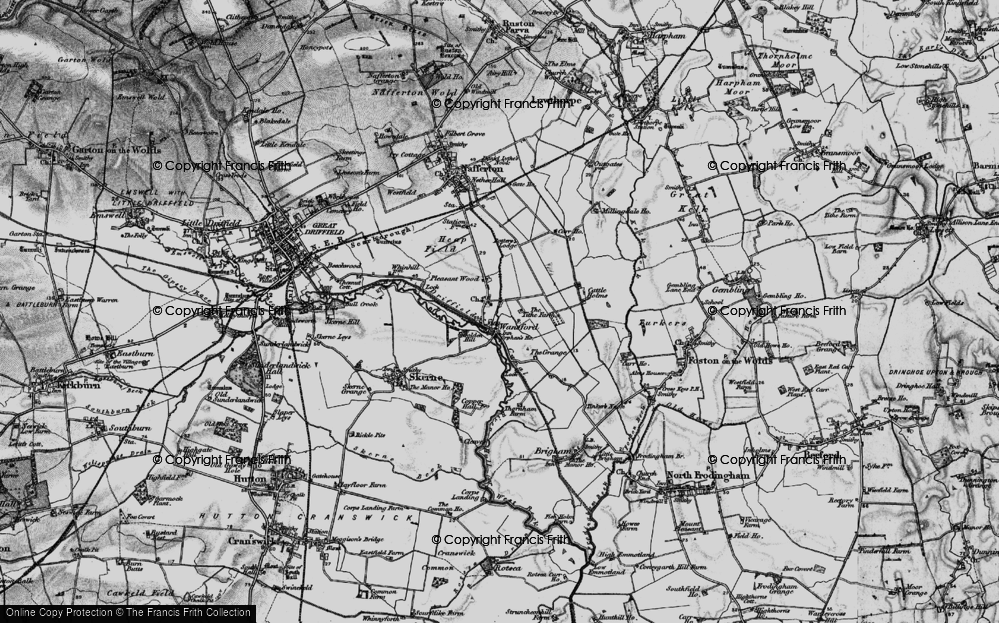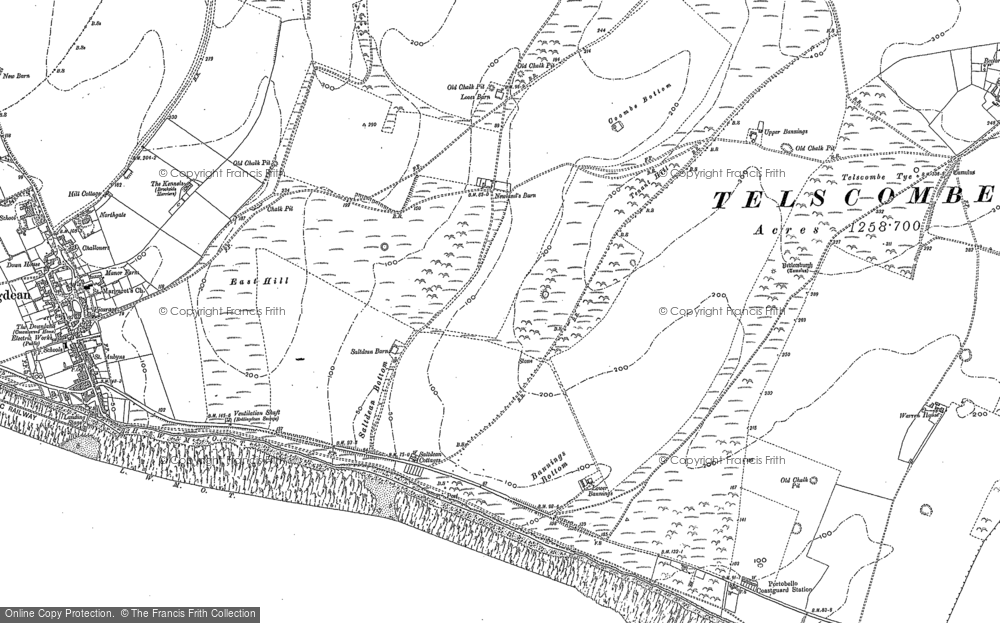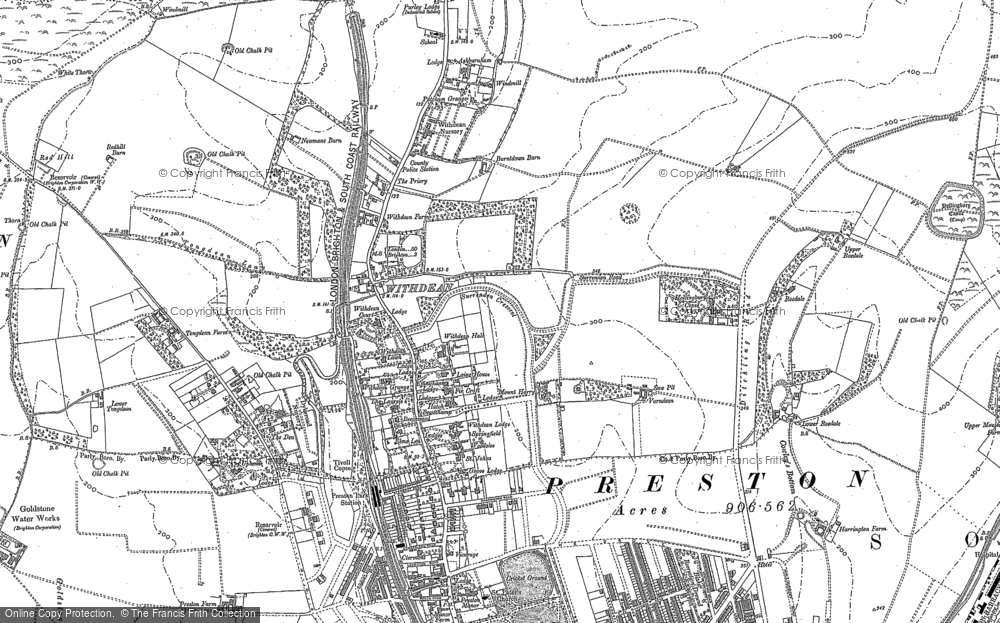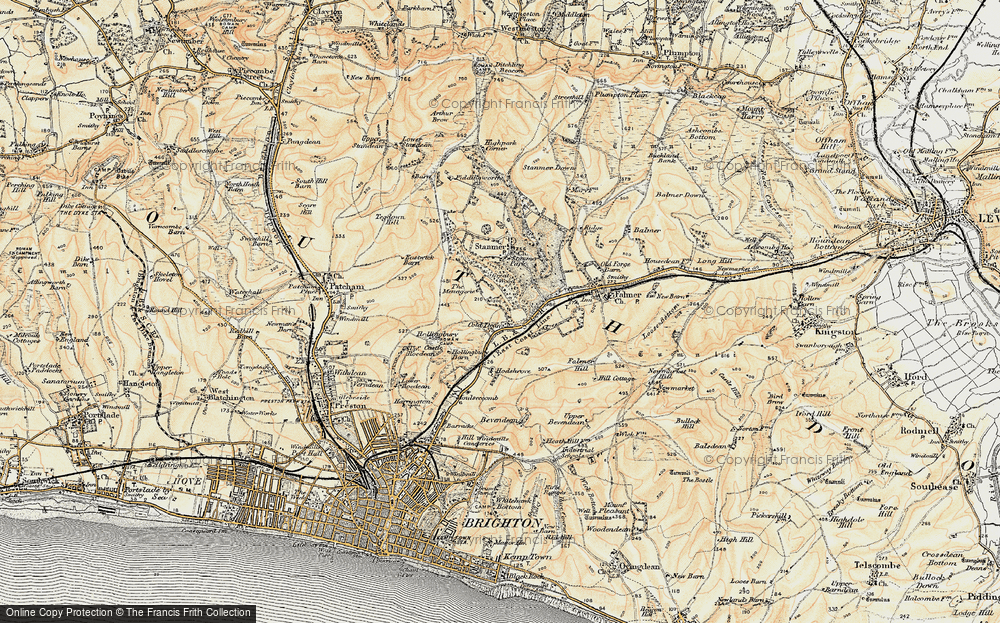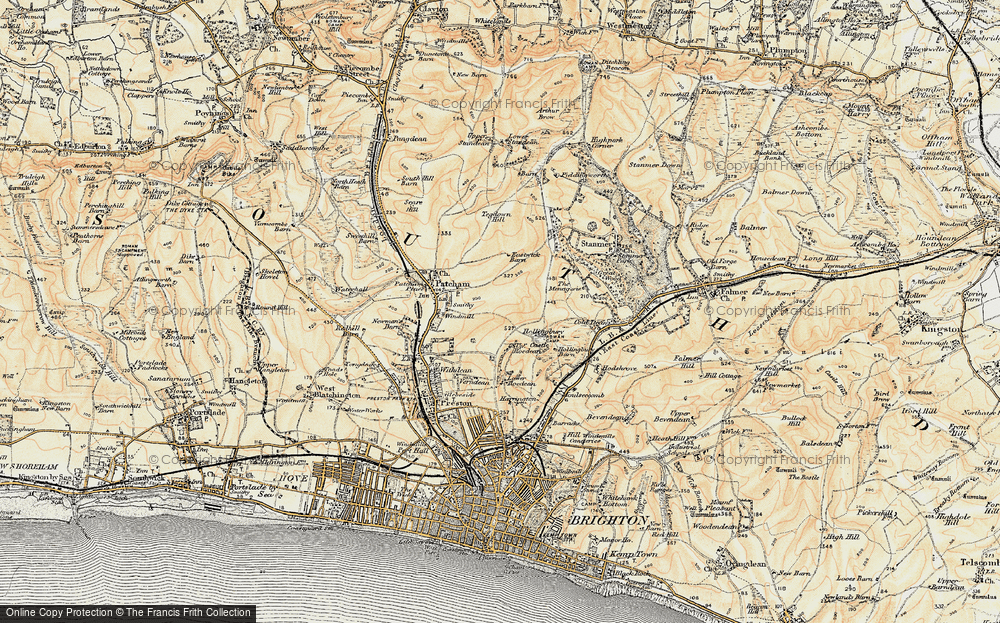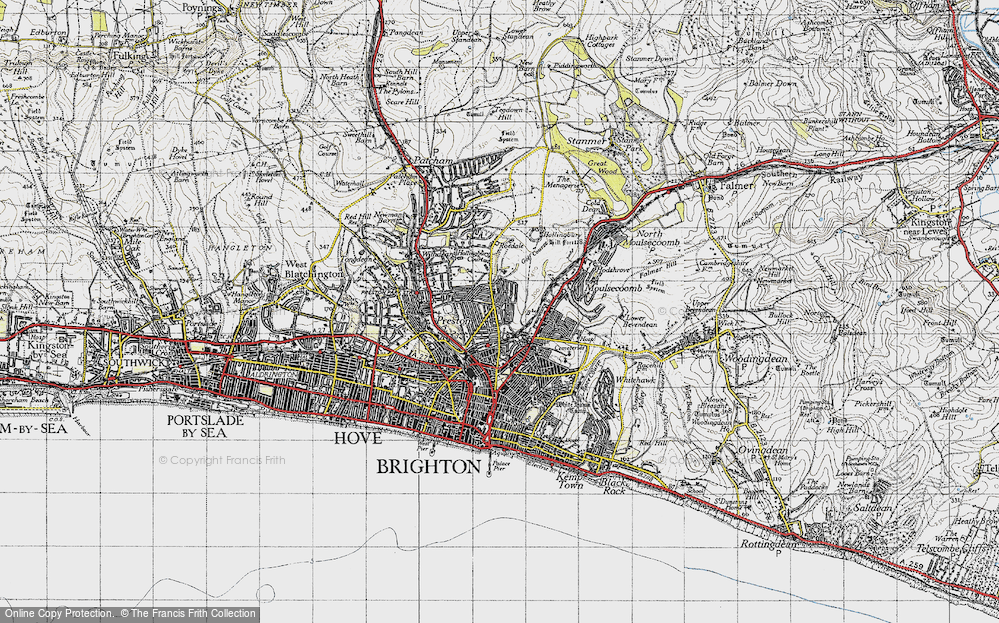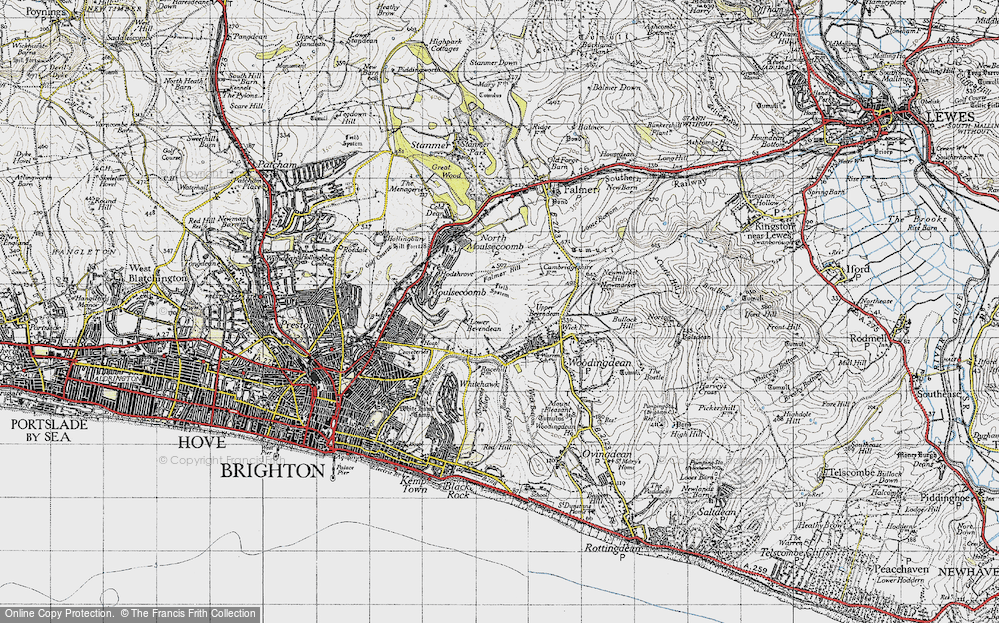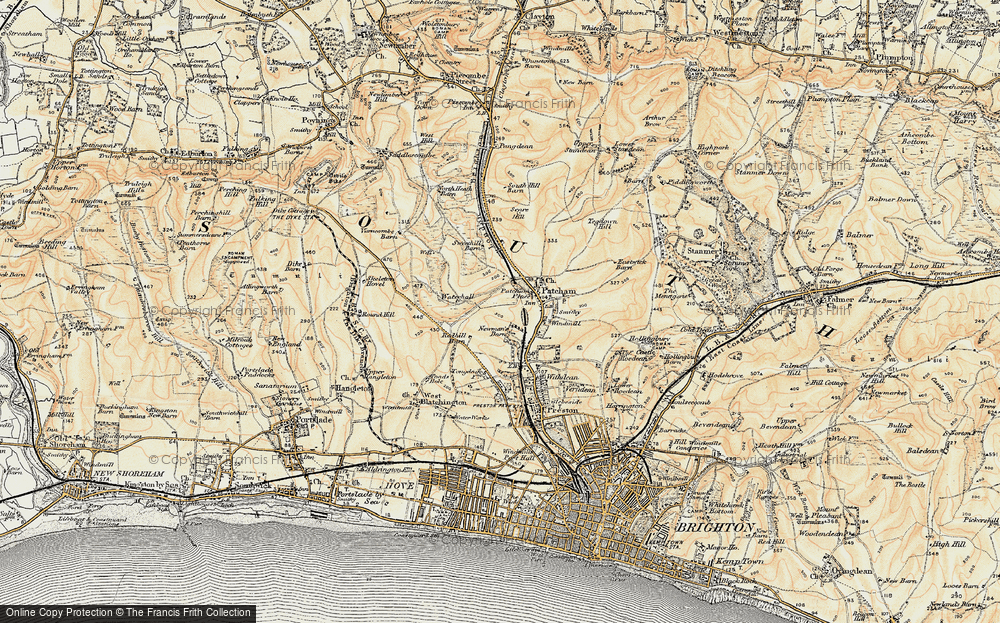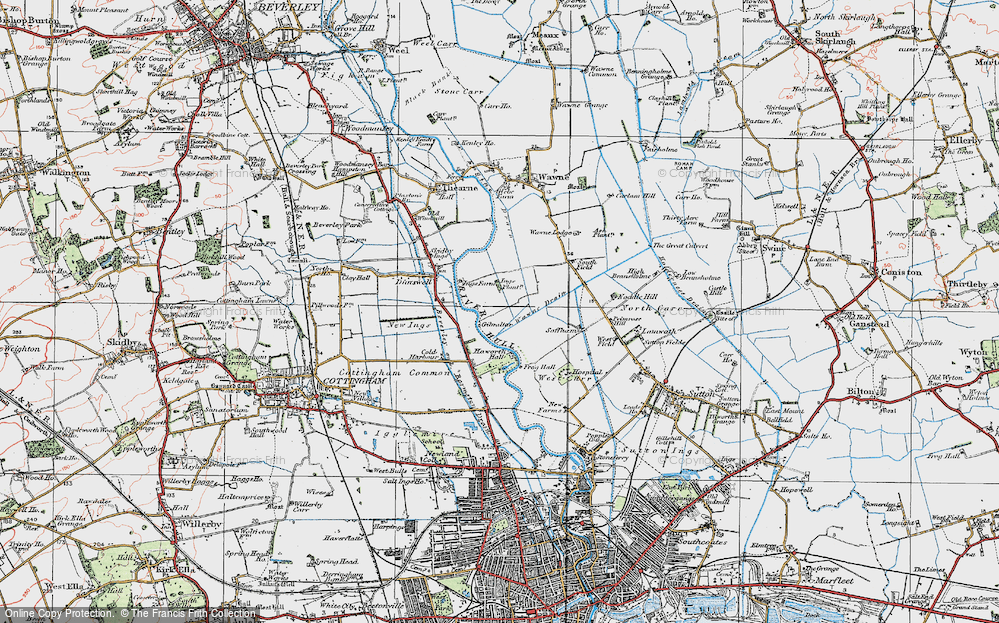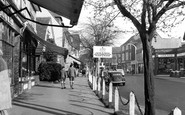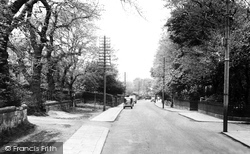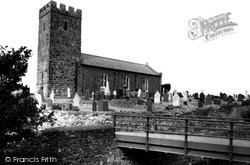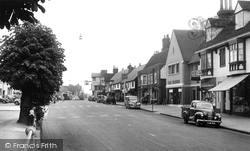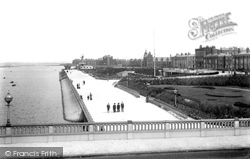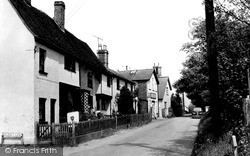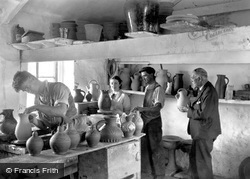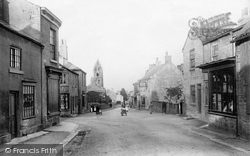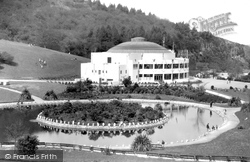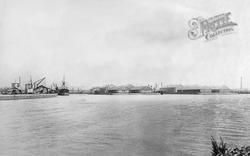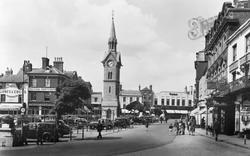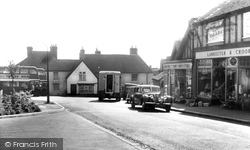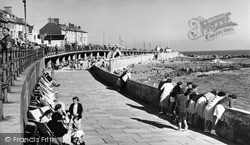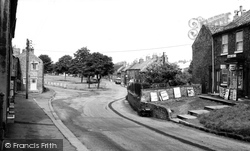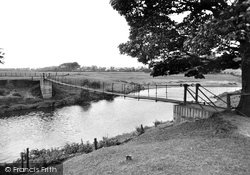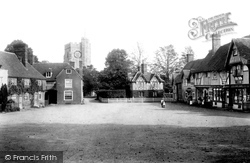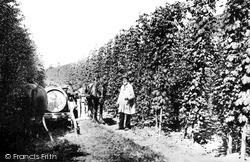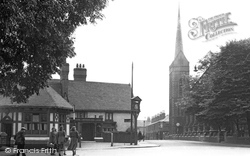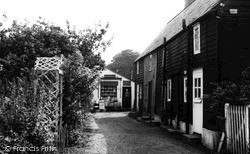Merry Christmas & Happy New Year!
Christmas Deliveries: If you placed an order on or before midday on Friday 19th December for Christmas delivery it was despatched before the Royal Mail or Parcel Force deadline and therefore should be received in time for Christmas. Orders placed after midday on Friday 19th December will be delivered in the New Year.
Please Note: Our offices and factory are now closed until Monday 5th January when we will be pleased to deal with any queries that have arisen during the holiday period.
During the holiday our Gift Cards may still be ordered for any last minute orders and will be sent automatically by email direct to your recipient - see here: Gift Cards
Places
Sorry, no places were found that related to your search.
Photos
Sorry, no photos were found that related to your search.
Maps
7,034 maps found.
Books
163 books found. Showing results 8,161 to 8,184.
Memories
22,913 memories found. Showing results 3,401 to 3,410.
Smokey Joe Sidcup
My family moved to Sidcup from Eltham in 1965 to a house in Rectory Lane opposite the pond at Selborne Road. The story goes that one morning soon after moving in, my dad walked out into the drive to pop up the shops to find a ...Read more
A memory of Sidcup in 1965
Memories Of Netherton
We lived in the Old Manse at the end of Manse Road; our dad spent all his spare time doing it up. When we moved in it was antiquated and stinky but it ended up a nice house. Our dad was a music teacher at Larkhall Academy. I ...Read more
A memory of Newmains in 1959 by
Eynsford Primary School
All of the Abbott family attended this little school and we would journey down each day in the old Bedford bus operated by Heaver coaches that were driven by John Heaver or his father. Our head teacher was Miss Capper and ...Read more
A memory of Eynsford by
My Mum, Violet Johnson
History memories of Miss Violet Johnson who was born at Baydon and my gran (I never knew) or my uncle buried at Baydon cemetery Roger Johnson, brother to Johnny Johson and Tony Johnson who knows Mrs Bishop and knows Grampy ...Read more
A memory of Baydon in 1860 by
Vane Dancing School
Yes, I was at Vane Dancing School and remember June Bannister and Roger. I am Joan and my sister is Valerie Copas, my brother Ray also was in the shows and my mum sometimes played the piano if she had to! Esme was our dedicated ...Read more
A memory of Cheam in 1952 by
Growing Up In Bredbury Hall
My name is Norma Webster, now Evans. I was born in Bredbury in 1938 and at first lived in Annabel Rd. My parents became caretakers of Bredbury Hall until 1948 when we all migrated to Australia. Bredbury Hall was a ...Read more
A memory of Bredbury in 1944 by
Duchess Of Edinburgh Pub
I was born in Bexley in 1948 and lived in Queens Road, Welling until we moved to Crawley New Town in 1962. The Duchess of Edinburgh pub was on the corner of our street where they used to sell whelks, cockles and jellied ...Read more
A memory of Welling in 1960 by
1950 61 A Child's Memory Of Kirkconnel
On 11th October 1950 I was born in the flat above Drife's butchers shop in Kirkconnel. My dad, Tommy, worked in the shop with Cameron Purvis and struggled to feed a family of three on the butcher's wage and ...Read more
A memory of Kelloholm by
A Rural Childhood
I was born in 1941 and lived at Austage End, Kings Walden; next door were my grandparents, Bob and Jessie. Bob was employed on the Harrison estate as a Game-keeper. I have photos of the V.E. and V.J. day parties. I attended the village school when the head teacher was Miss Etherington.
A memory of King's Walden in 1941 by
Swinford Manor
I lived at Swinford with my family from 1953 to approx 1966 or '67. My father put in the pool after we had a very extensive fire on Guy Fawkes night. I loved the house, the gardens and the resident ghost who I believed to be ...Read more
A memory of Great Chart in 1953 by
Your search returned a large number of results. Please try to refine your search further.
Captions
9,654 captions found. Showing results 8,161 to 8,184.
Brotton is another settlement with an ancient history; it was also seriously influenced by the ironstone industry at a later date.
The church at Llanon is dedicated to St Bridget, an Irish saint, whereas the village is named after Non, the mother of St David.
Standing in the High Street at Hoddesdon must be one of the last horse-drawn milk delivery floats in the district (centre right).
Like Greek waiters standing outside their tavernas, crewmen do their best to tempt tourists into parting with a shilling or two.
The Marine Lake covered what had been fifty acres of wet sand, which was one of the favourite haunts of sand yacht enthusiasts.
Beecroft Lane runs opposite the lane that leads to the church at Church End.
Arthur Trevorrow is throwing a jug on the wheel; beside him are various examples of his work, beautifully hand-decorated with slip in waves, whorls and dots.
Harriet Windsor-Clive, the Countess of Plymouth, took an interest in the layout of Penarth, owning much of the land in the locality.
Originally sited on a ford over Firgreen Beck, Clifford was at one time the manor that included all of nearby Boston Spa.
Hill House, on the left, was built for the Reverend Arthur Field in 1899. In 1978 the grounds were used for building and the development known as Hill House Close was born.
This building at Hazelwood was brand-new when the photograph was taken. It looks as if it was intended for Portrush, and is an enthusiastic example of the architecture of the time.
This view shows the large expanse of water at the mouth of No 8 dock, which was the turning circle.
The white fronted Burton's at the far end is in the up-to-the-minute Art Deco style favoured by the tailoring company all over the country.
The Village c1955 Pevsner likened Hamble to a West Country fishing village, and he was right to make the comparison.
At the western end of the Mall is Buckingham Palace, with the massive 1911 memorial to Queen Victoria designed by Sir Thomas Brock and Sir Aston Webb.
Every possible mode of transport can be seen at the junction on the A47 main road to Yarmouth from Norwich.
The promenade provides a curious facility that seems less user-friendly than we might expect today and is more akin to a stadium.
The Cistercian abbey, founded in 1131, was enlarged several times over the course of its life until it was dissolved in 1536.
This one, with the beck running through it, was built up in the 19th century to house workers at the nearby mill, where for a hundred years John Wilford & Sons produced linen, flax and wool.
The wooden swing bridge appeared on maps in 1847.
Here we see the heart of what many claim is Kent's prettiest village: the tower of its 15th-century flintstone church of St Mary's looks down on this spacious square lined with half-timbered Tudor and
A team of farm-workers undertakes the laborious task of spraying a field of hops with liquid soap, or possibly a copper solution, to ward off insects and fungal disease as the crop nears harvesting.
Designed by J W Stansby (who also designed the tower of Christ Church), St Paul's was built in 1868-69 at the expense of the Grand Junction Railway Company. The spire was added in 1888.
Paglesham is a village of two parts, Church End and East End.
Places (0)
Photos (0)
Memories (22913)
Books (163)
Maps (7034)


